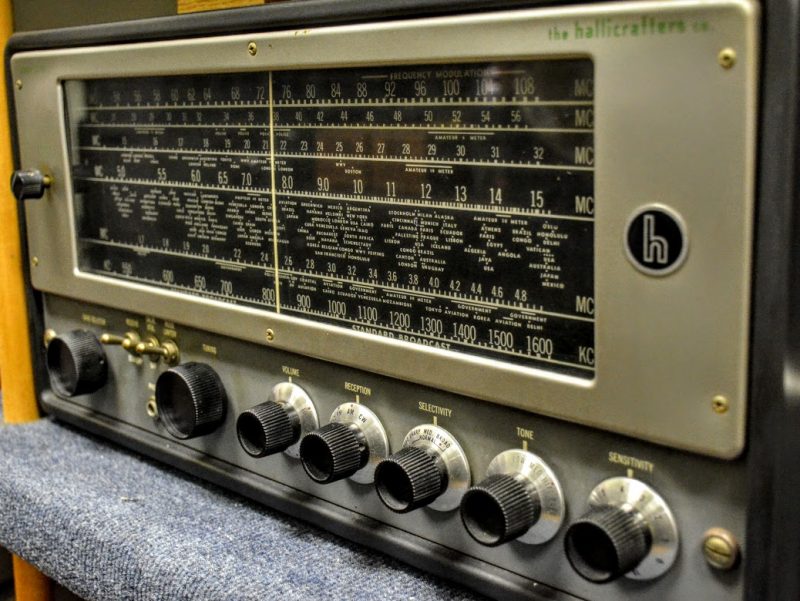Radio Waves: Stories Making Waves in the World of Radio
Because I keep my ear to the waves, as well as receive many tips from others who do the same, I find myself privy to radio-related stories that might interest SWLing Post readers. To that end: Welcome to the SWLing Post’s Radio Waves, a collection of links to interesting stories making waves in the world of radio. Enjoy!
Many thanks to the SWLing Post contributors who share the following tips:
Ukraine’s radio station of national resistance (The New Yorker)
High up in the Carpathian Mountains, two Kyiv broadcasters keep the signal alive.
Recently, at a closed ski resort in Ukraine’s Carpathian Mountains, Roman Davydov leaned into a microphone and announced the latest news from the war. Kryvyi Rih, in southern Ukraine, was being attacked; a U.S. journalist had been shot; and the British Foreign Secretary had announced new sanctions on Russian oligarchs in London. Davydov, who is forty-three, with dark hair and an oft-furrowed brow, is the voice of Kraina FM, an independent radio station that, after Russian bombing began in Kyiv, relocated to an undisclosed location. (The staff of Kraina FM asked me not to identify the village, for security reasons.) Outside Davydov’s improvised booth, a corner office lent to Kraina FM by a local accountant, an odd sense of normalcy reigned. Beyond the ski-rental shop, where a cluster of sandbags had been piled, a man in a blue jacket and ski goggles operated a small lift for a children’s slope in the bright sunshine.
The area, which is several hours south of Lviv, has become a shelter for displaced people, Bogdan Bolkhovetsky, Davydov’s colleague, told me. Bolkhovetsky, Kraina FM’s station general manager, said that he and Davydov had arrived in the village “by pure chance.” The west of the country is full of refugees, and there are few places for families to stay as they make their way toward the borders of Europe. “We found this place because it was the only place vacant,” Bolkhovetsky said. They arrived in the evening on February 27th; just days later they were setting up the station in a sloped-ceilinged, wood-panelled space that barely fit their two desks. They acquired laptops and a mixer from the supply of aid making its way from the rest of Europe to Ukraine. “We called our friends in Austria and they were so quick,” Bolkhovetsky said. “Guys we’ve never met just sent us the equipment, and a friend of ours brought this equipment in. I mean, they brought us these German laptops and the mixing console and we’ve never seen these people before.” [Continue reading…]
Russia and Belarus suspended from CEPT membership (CEPT via Southgate ARC)
On March 17 the European Conference of Postal and Telecommunications (CEPT) announced the indefinite suspension of Russia and Belarus following the invasion of Ukraine
The CEPT announcement said:
Outcome of the written procedure with the CEPT Assembly regarding suspension of the Russian Federation and Belarus from CEPT Membership.
Based on a request from a number of CEPT members, the CEPT Presidency carried out a written procedure, in accordance with the CEPT Arrangement, on the proposal to suspend indefinitely and with immediate effect the memberships of the Russian Federation and Belarus in the CEPT.
Thirty-four responses were received to the CEPT Assembly letter in support of the proposal and one abstention.
Based on the above, the CEPT Assembly has therefore decided: Continue reading








